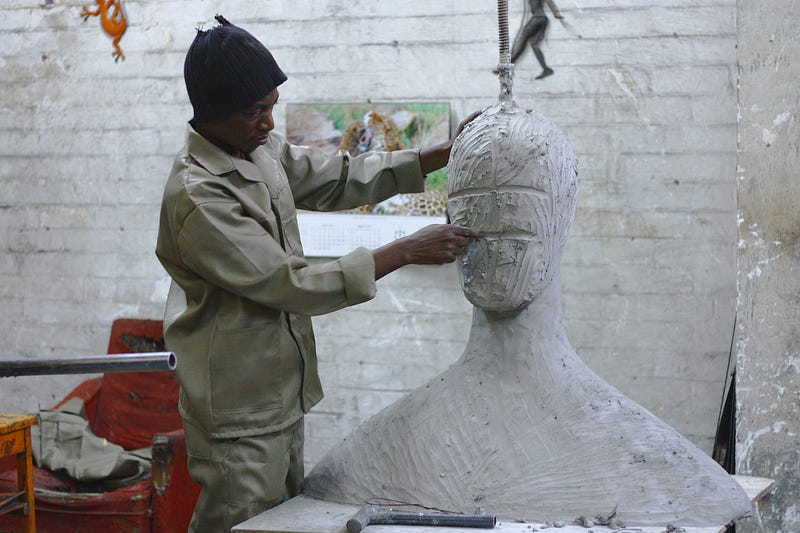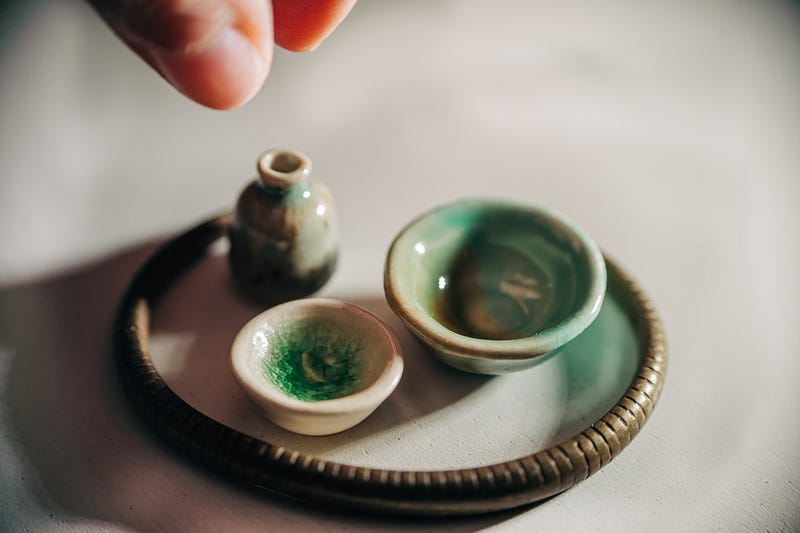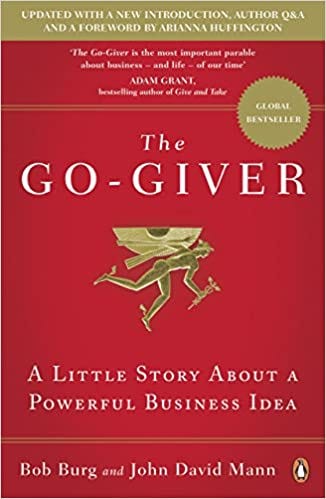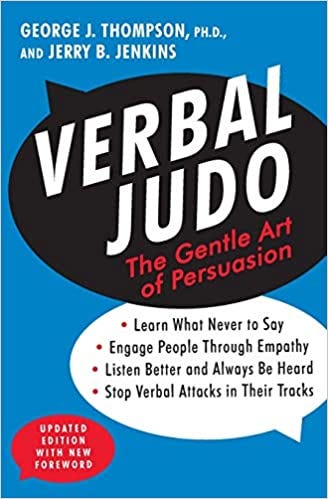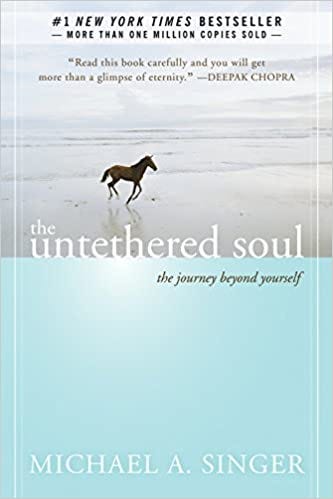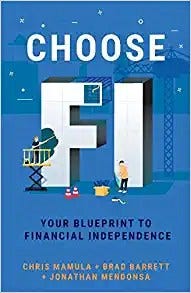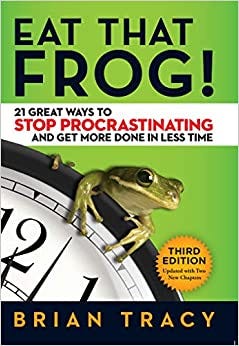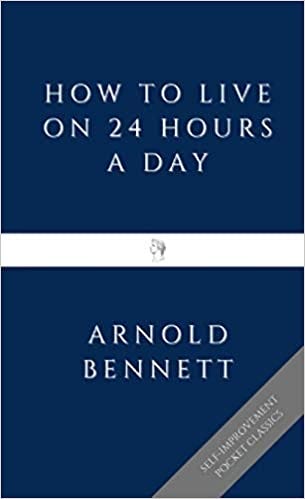When life as we knew it turned upside-down, I was fortunate enough to pick up a few helpful pieces of insight along the way

Photo by Ronaldo Santos on Unsplash
As for most people in the U.S., my life was turned upside-down around March 15th, 2020. We had been hearing about COVID-19 for a few months, and the chatter became progressively louder, but we didn’t expect that it would turn into a lockdown that would keep most of the world away from each other for over a year.
But here we are — a year since being told to stay in our homes and away from each other — and it’s hard to underestimate just how much has changed during that time. When I say “changed,” I’m not talking about the world stage. I’m not talking about the political discourse, the tone of news coverage, the corporate rallying cries, or the socioeconomic structure. All of those things changed radically, of course. And they’re important to understand. But I’m no expert on those.
Rather, what I’m here to talk about is the day-to-day struggles and triumphs of life. The job stuff, the home stuff, the family stuff, the friends stuff, the relationship stuff, the emotional stuff. I’m here to talk about how — despite 2020 throwing a giant monkey-wrench into the well-oiled machine that was my daily routine — I am grateful for it.
Am I crazy to be grateful for the trials and tribulations of a year that nearly everyone is ready to forget about? I don’ think so. And I don’t think you’d be crazy to take a second look at it, either. Because for all the hurdles 2020 threw at each of us, if we were able to jump over them — even if that meant tripping and falling — we stood to learn a great deal from them. Because each of those hurdles were teachable moments.
In fact, as years of teachable moments go, 2020 was pretty high up there. Did it suck out loud? Of course. But that sucking is the sound of a lesson just waiting to be learned by us. Sucking is often the first step toward growth.
So without further ado, here are the 5 lessons that 2020 taught me — ones that continue to help me grow.
Make Plans, But Don’t Rely on Them
2020 was a year of cancelled plans. Trips, projects, reunions, relocations — they nearly all had to be cancelled or postponed. And while many of us were rightfully bummed about this, there is a valuable lesson here: plans are great, but don’t pin all your happiness on them.
As a salesperson, many of the projects I was working on were reliant upon trips and in-person meetings. That came to a screeching halt right after my last trip in March 2020. Since that time, I’ve traveled for a total of 5 days. When I can’t travel, getting deals done becomes a lot more challenging.
So I had to take the plans I had, and change them. I had to get creative. We all did. Some prospective deals just dissolved. I was frustrated. But that’s what happens when things change on you. So I had to let go and move on.
The broader lesson I learned is one of detachment. I need to do the best I can to prepare, but be detached from the outcome of things, as much as I can be. That’s not to say that I shouldn’t look forward for things, or plan for them. Preparation is key. But what I can’t do is make my contentment conditional upon things going as I planned them. There’s always a wrench thrown in the gears — the only questions are when, how big, and by whom?
Work and Life Are Not Separate, Nor Should They Be
I’ve worked in a place separate from my home for my whole life — as have most people. But as of March, my home became my workplace — indefinitely. It did for many of us. And while this was a difficult adjustment to make, it had to be done. Adapt or perish.
But once I adapted, I came to more fully support a position I already held: work and life are not separate things to balance against one another. Work is a part of life. You may start out working in order to live. But if you do it right, you work as a part of a life you love. You make friends in your company, industry, and community — because of the work you do. You do something that serves and brings value to others. The fun really starts when you can convey this to your family and friends. When you can answer the “how’s work?” question with something more than just “fine.”
And this works both ways. Our families and friends can be a part of our work, as well. And why shouldn’t they be? They’re a big reason why we work. But for some reason, before 2020, many of us tried to act like our lives weren’t blended in some way. I’ve been glad to hear yelling kids in the background of calls with customers and coworkers. I’ve enjoyed how we all have to tell each other to “hold on” while we go take care of some household emergency during a call. I’ve come to talk more with people at work about their families, and about mine. It’s helped us all build better rapport. It’s made us all more relaxed and authentic.
Rather than take away from our ability to do business, I suspect everyone juggling home life and work has forced people to be more consistent in their personalities. It’s harder to be a take-no-prisoners, hard-ass when your 4 year-old interrupts you asking for fruit snacks. So we’re being a bit more like ourselves in our work lives. And to me, that’s a big win.
Reach Out And Touch Everyone, More
It’s really easy to go through the motions of your days, your weeks, your months, and your year, and never really be connected to people. There’s this odd thing where we can be in offices, airports, and restaurants filled with people, and it’s just enough to make us feel like we’re connected. But in some ways, it’s still lacking. And it actually keeps many of us from going deeper — from getting connected to other people in meaningful ways. It’s like we assume that because we’re physical present with people, we don’t have to make the effort to be mentally present.
What’s more, there’s a way that we can get swept up in the momentum of social obligations and events. We show up to the place where people will be. We sit at the table, we drink our drinks, and we say this and that. But many times, we’re just going through the motions. We didn’t have to make much effort. We had the thing on our calendar, and we showed up to the place. We were “social”. But did we really connect?
I spent the first month or two of the pandemic lockdown with my head down, doing my work, helping with remote-learning for the kids, and that’s it. I didn’t call people, I didn’t video chat much. I just went about my day in my house with my immediate family.
But then a funny thing happened. My friends and I began texting each other randomly. We worked like hell to coordinate our busy work and family schedules to have Zoom calls. And though we were not physically together, we connected. We laughed, we smiled, we reached out and touched each other. We talk more now than we have in years — even before the pandemic.
I also began reaching out to people I hadn’t talked to in years. I emailed, I scheduled phone calls and Zoom calls. I reshuffled, and rescheduled. But when I hopped on the call, it felt different. It felt more intimate. I felt like I was connecting in a way that I hadn’t been during in-person things.
For some reason, before the pandemic, it felt weird reaching out to people to do video chats. And talking on the phone is just not something we did — for whatever possibly generational reasons (me being a millennial and all). But the sudden enthusiasm for video calls made it possible for everyone to make an excuse to connect more intimately. And it’s been great. So now, I don’t hesitate to set up time with people to have a video call. And I know it’s something that will continue.
Diversify, Diversify, Diversify
When it comes to building an investment portfolio, the piece of advice almost everyone gives you is: diversify. That advice applies well beyond just what you do with your nest egg. It also applies to the kind of work you do, the people you talk to, and your sources of income.
2020 could have been a year where I just hunkered down and did the same things I’d always done — but more intensely. Luckily, I stumbled into a few different things that allowed me to spread my wings into different airspaces.
During the pandemic lock-down, I didn’t have the luxury of “making the rounds” in an office environment. I had to start reaching out to people more. And I had to make it a habit. The more I did that, the easier it became to do it more often. I reached out to more people, and got in much better conversations.
As a result, I became exposed to things I may not have otherwise considered. It’s made my work much more diverse. I’m not tied to one department or one project. I have insight into more of what’s happening in the company. And my overall competence (and confidence) is growing.
That openness has helped me get into a bunch of different work in my side-hustle, as well. I got hooked up with the founder of a small, scrappy company making travel gear and helped him launch his first products on kickstarter. I joined a slack community of really cool people. I discovered a new platform for my newsletter. I was a guest on podcasts.
I even created a new personal productivity system that’s really helped me get motivated and get things done. And through a great conversation I otherwise never would have had with a new friend — I became brave enough to launch it to a limited audience to help me test it. All super-exciting stuff made possible by this crazy situation.
The point is, I found that there’s more to life than whatever my current major projects are. Branching out can be helpful. It gives you options, makes you more well-rounded, and diversifies your opportunities, network, and income stream.
Taking Care of Your Space Is Excellent For Your Emotional and Financial Health
I’ve never been particularly clean, and I’ve never been particularly good at keeping up with maintenance of my stuff. Be it my car, my coffee maker, my electronics, my bed — you name it. I buy stuff, enjoy it for a while, and then begin to take it for granted.
I think many of us do this to some extent. The stuff we may have been so excited about buying at some point becomes just another thing. And before we know it, there’s a thousand things, and we don’t particularly care too much about any one of them — until, of course, they stop working.
During my time being forced to be in my house constantly, I’ve come to take more pride in the simple cleaning and maintenance of things. It’s something I never thought would happen.
When I was working regularly at an office, traveling for work, and going out to eat or on excursions around town — our home was just a place to throw our stuff until the next day. So we just accumulated a bunch of stuff. And we didn’t care for or organize much of it.
But in August, we rented a dumpster — one of the ones you get for a remodeling job. We went through our house and got rid of a bunch of stuff we didn’t use, didn’t keep up, and was just taking up space. In an era of global pandemic, donating much of it was not an option, and that was unfortunate. But getting rid of all that stuff in one fell swoop was liberating. And then i cleaned. I cleaned like a man possessed.
Since that time, I have done something I never did in any home I previously lived in: kept up with cleaning and organizing. I vacuum, dust, wash floors, clean bathrooms and closets, etc. I’m not perfect, but I enjoy having a home that I’m taking care of. It’s a great feeling to wake up in a home that you have shown love to through cleaning and maintaining it. And that’s the difference for me. Having been forced to be so intimate with my home for so long now, I feel like I owe it that kind of love and care going forward. It will be an honor to provide it.
“When Things Go Back to Normal”
At some point, things will begin to look more like they used to. But things will never be the same. The definition of “normal” has changed — as it does every so often. And that’s great. I hope things will have changed — that we will have changed — in meaningful ways as a result of the craziness of 2020.
While I could have learned any of these lessons without the help of a global stay-at-home order, that’s what it took for me to finally do it. I won’t soon forget this year-at-home; none of us will. But that’s good. It gives me hope that the new mindset I picked up along the way won’t be so hastily abandoned once I can gather at a party or get on a plane without a mask.
I hope that we never have to deal with anything like this again. It was a terrible tragedy for so many people. But I also hope that the things we learned can make us more resilient and adaptable people. We’ll need that when the next monkey wrench is thrown into the gears of our lives — whatever that may be.





